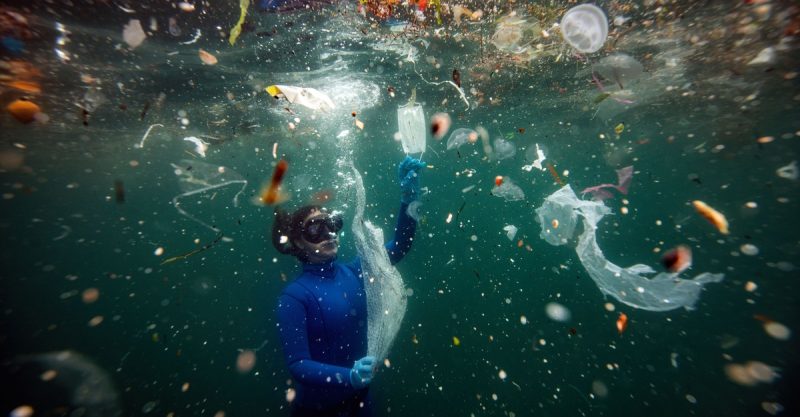
An estimated 11 million metric tons of plastic enter our oceans annually, a staggering figure that paints a grim picture of our planet’s health. This isn’t just an abstract statistic; it’s a visible reality reflected in the heartbreaking images emerging from coastlines and marine environments worldwide. From the bustling shores of Mumbai to the serene beaches of Bali, the pervasive presence of plastic waste is undeniable.
Images from around the globe tell a consistent story: plastic bags entangled in coastal vegetation, discarded bottles littering pristine sands, and the horrifying sight of marine animals, their bodies filled with plastic debris. A diver surrounded by a swirling vortex of plastic in Turkey, a woman collecting shells amidst plastic waste in Vietnam, and children playing on a shoreline completely covered in plastic in India all serve as stark reminders of the scale of this environmental crisis.
The problem isn’t confined to easily visible locations. The Great Pacific Garbage Patch, a vast accumulation of plastic in the North Pacific Ocean, continues to grow, its contents regularly being retrieved and processed. Even in remote locations like Midway Atoll, a wildlife sanctuary, the devastating effects of plastic pollution are evident, with seabirds dying with their stomachs full of plastic.
But hope remains. The images also highlight the tireless efforts of individuals and organizations dedicated to combating this crisis. Modou Fall, a Senegalese environmental activist known as “Plastic Man,” uses his striking costume made entirely of plastic bags to raise awareness, reminding us that Africa, and indeed the entire world, is not a landfill. Volunteers around the globe are actively cleaning beaches, and organizations like The Ocean Cleanup are developing innovative technologies to remove plastic from the oceans.
The fight against plastic pollution requires a multifaceted approach. We need continued innovation in waste management and recycling, stricter regulations on plastic production and disposal, and a fundamental shift in our consumption habits. More importantly, we need a global commitment to protecting our oceans, the lifeblood of our planet. The images presented here are not just a testament to the severity of the problem but also a powerful call to action, urging us all to contribute to a cleaner, healthier future for our oceans and the life they sustain.









